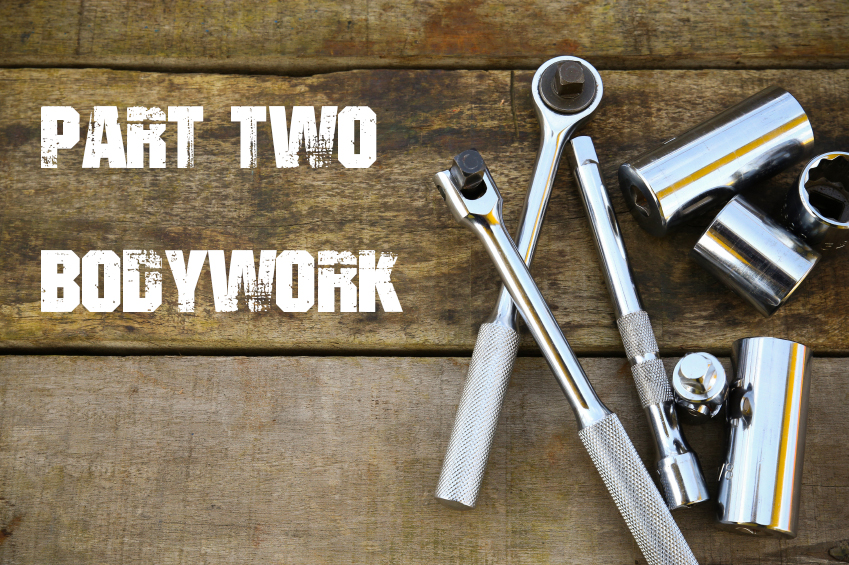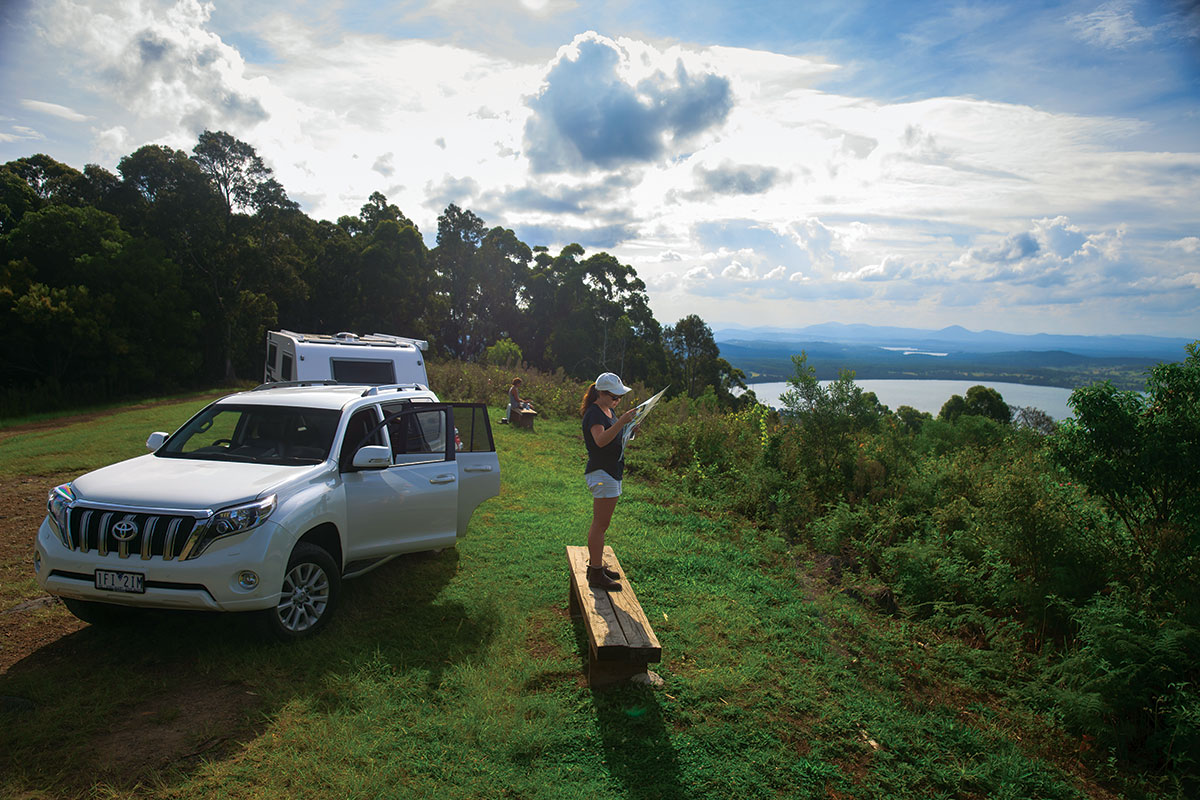Once you’ve worked out what needs to be fixed and made a plan of attack, it’s time to get the running gear roadworthy.
The size of the task you’re taking on will of course depend on the state of the trailer and the size of your boat, but here are some of the things you’ll need to consider.
Axle
If the axle stubs are worn, the bearings won’t fit properly and you could lose a wheel when you least expect it. Either replace the axle altogether or at least weld new stubs onto either end.
Suspension
Leaf or coil springs and dampers/shock absorbers can all be upgraded to provide a smoother ride for your boat. Consider fitting Dacromet coated replacements to increase your trailer’s lifespan.
If you’re replacing the suspension altogether, take care to match its maximum load rating as closely as possible to the trailer’s aggregate trailer mass (ATM).
Brakes
Under Australian law, any boat trailer with an ATM up to 750kg is not required to have brakes, however anything over that must have its own braking system fitted. Once you get over 2000kg, you’ll need power-assisted braking and a breakaway system.
Disc brakes tend to be less susceptible to corrosion than drum brakes because their open design makes them a lot easier to clean up after immersion.
Wheel hubs and bearings
Pull the wheel hubs apart and check for scoring, corrosion and damage. Unless they’re in top condition, don’t hesitate to replace the bearings and seals as well (or invest in a trailer hub kit which has everything you need) – it’s just not worth taking the risk of ending up on the side of the road waiting for the tow truck.
Use the best quality, high temperature marine grease and pack bearings and hub thoroughly to reduce the incursion of salt water when launching your boat. For detailed instructions, see our guide to replacing the hubs and bearings.
Resurfacing
Once your boat trailer is back in shape, the next question is how to get it both looking good and staying resistant to constant immersions. Possibly the most effective method is to have it hot-dip galvanised, although that has its drawbacks – it can be expensive and all surfaces must be absolutely clean of any rust.
If you prefer to paint, make sure you use quality rust-inhibiting boat trailer paint and coat every square inch. Marine paint and chrome aluminium paints give off toxic fumes, so be sure your workspace is well-ventilated.
As a rule, painted trailers are only really suited to freshwater. A galvanised trailer is the best option for use in seawater.
In the next article in the series we’ll repair the lights and wiring, replace the coupling, winch and jockey wheel and get your boat trailer roadworthy again.
Find out what fittings are required to meet trailer regulations.





